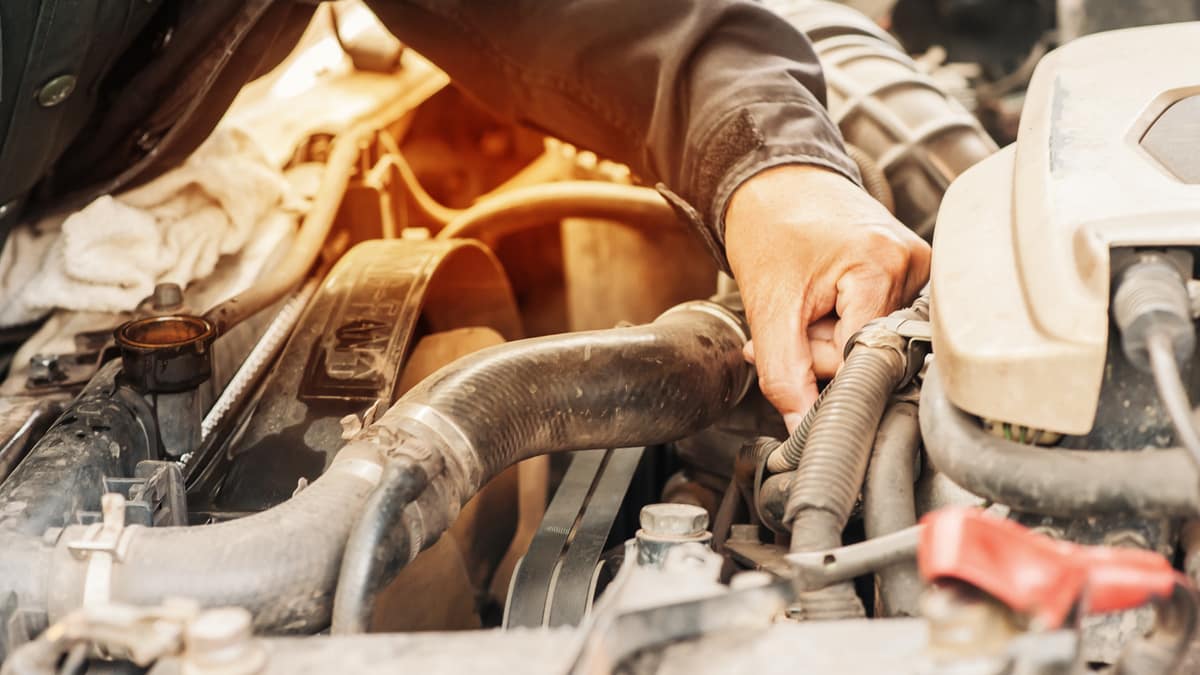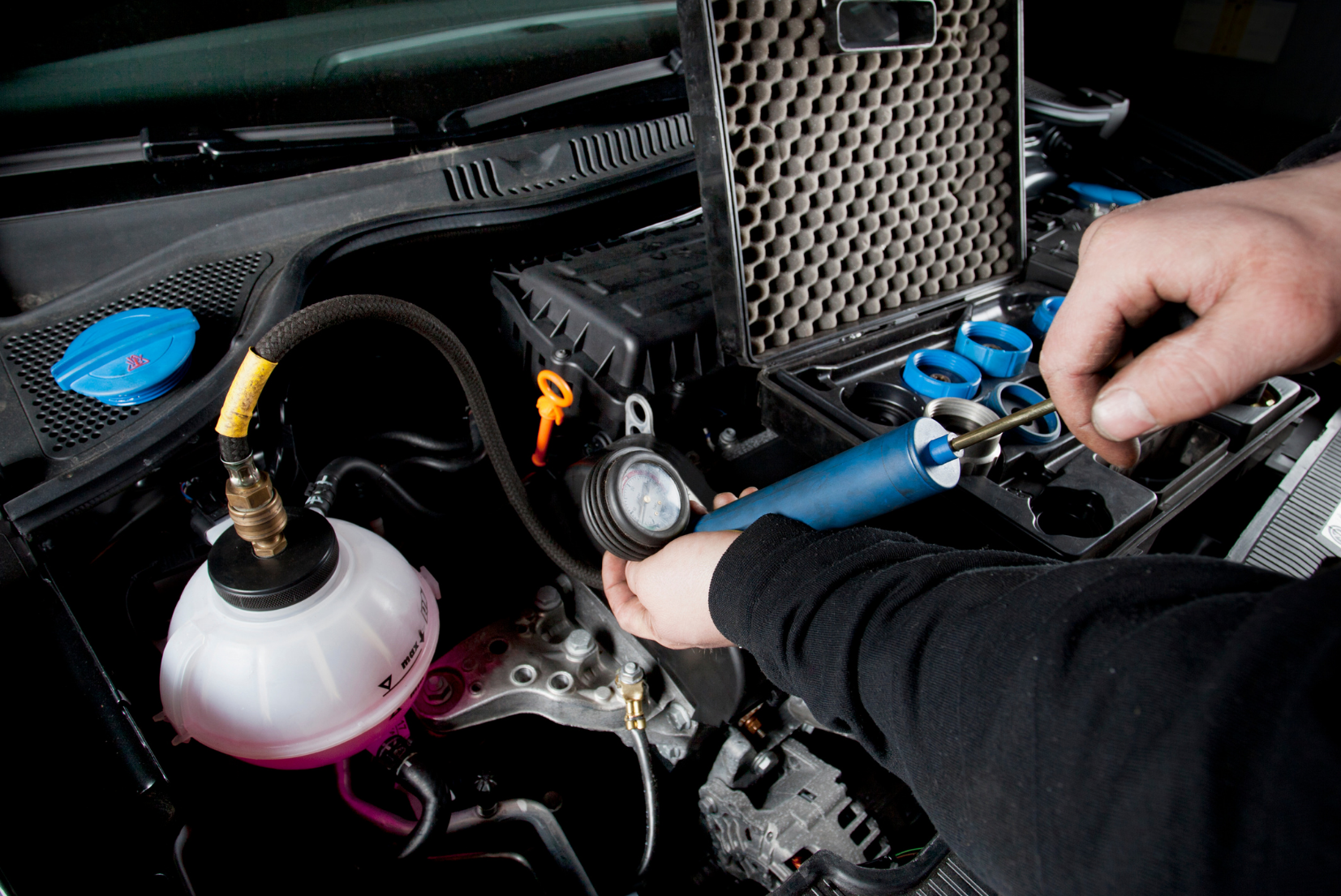Car hoses play a crucial role in cooling systems, allowing many modern vehicles to travel safely and efficiently on the roads. Without car hoses, it would be impossible for cars to keep their engines cool while driving at high speeds. This article will explore the importance of car hoses and how they help maintain optimal engine temperature while running.
We’ll discuss the various types of car hose materials available, as well as how these components can prolong engine life and ensure a smooth ride for drivers everywhere. Finally, we’ll look at preventative maintenance tips that can help extend the life of your car’s cooling system and keep you safe on the road.
An Overview of Car Hoses and Their Role in Cooling Systems

Car hoses play a vital role in cooling systems, helping to keep the engine running smoothly and efficiently. They are responsible for transferring coolant from the radiator to other components of the system, such as the water pump or thermostat.
Car hoses come in several types, including rubber or silicone reinforced with metal mesh and braided stainless steel lines. Each type has its own unique set of advantages when it comes to providing heat transfer from one component to another. Rubber hoses provide good flexibility but can suffer from fatigue over time, while silicone-reinforced hoses offer superior resistance to heat and pressure fluctuations which makes them ideal for high-performance applications.
Metal mesh-reinforced car hose offers added durability and strength due to its metallic construction while braided stainless steel lines provide excellent protection against corrosion caused by extreme temperatures or chemical exposure.
When selecting car hose material it is important to consider not only its ability to resist wear but also how well it can handle temperature variations within your vehicle’s cooling system.
The Benefits of Properly Maintaining Your Vehicles Hoses

Maintaining a car’s hoses is one of the most important steps in keeping a vehicle running well. Doing so will ensure that your engine runs smoothly and efficiently, preventing damage to other components such as the radiator and water pump.
Proper maintenance also keeps dangerous fluids from leaking out into the environment, helping to preserve public safety. In addition, properly maintained hoses can help extend the life of your car by reducing wear and tear on its parts over time.
Regularly inspecting hoses for signs of cracks or splits can be beneficial in catching minor issues before they become major problems. Additionally, checking for leaks around hose clamps is essential to prevent any unwanted fluid loss which could cause damage down the line.
Replacing old or worn-out hoses should also be part of an overall maintenance plan; this helps keep coolant circulating through the cooling system at optimal levels while allowing heat to escape quickly and easily – something you’ll certainly appreciate during warm summer months!
Finally, taking care not to overtighten hose clamps is key: doing so may lead to premature failure due to excessive stress on them over time.
In short, regularly maintaining your vehicle’s hoses provides many benefits: it ensures that your engine runs smoothly without risk of damaging other parts; it preserves public safety by avoiding any potential environmental hazards; it extends engine life by reducing normal wear and tear; plus it allows proper cooling when driving in hot climates – all reasons why you should take good care of your cars cooling system!
How to Spot Potential Problems with Your Vehicles Cooling System
 When it comes to your vehicle’s cooling system, potential problems can be hard to detect. Fortunately, some key signs may indicate a problem with the car hoses in your cooling system. Being able to spot these warning signs early on can help you to take action and get things fixed before they become major issues.
When it comes to your vehicle’s cooling system, potential problems can be hard to detect. Fortunately, some key signs may indicate a problem with the car hoses in your cooling system. Being able to spot these warning signs early on can help you to take action and get things fixed before they become major issues.
Here are some of the telltale signs of trouble:
- Leaks – If you notice any coolant or oil leaking out from under your hood, this could mean that one of the car hoses has sprung a leak and needs replacing. If left unchecked, this could cause significant damage to other parts of your engine’s cooling system due to a lack of lubrication and/or insufficient coolant levels.
- Cracks or Holes – Check all the visible areas around your car hoses for any cracks or holes which could be allowing air into the cooling system or causing leaks in other places as well as where they are located on the hose itself.
- Unusual Noises – Listen out for any unusual noises coming from under the hood when you start up your engine after leaving it off for a while; these sounds might indicate an issue with one of your car hoses such as blockages caused by debris build-up over time or even something like clogging due to age-related wear and tear being experienced by them over time if not regularly checked/replaced at regular intervals according to manufacturer guidelines/recommendations etc.
- Visual Inspection – A visual inspection is always recommended when checking for potential problems with car hoses because it allows you to identify obvious issues such as kinks, breaks, splits, etc., which would otherwise go unnoticed until it was too late and had already caused further damage elsewhere within their environment i.e., the engine compartment, etc.

